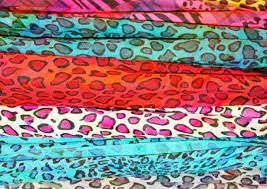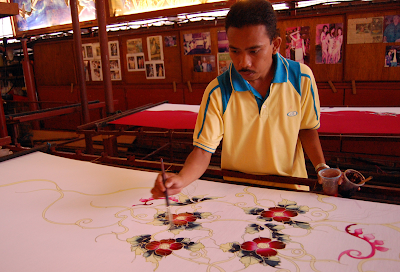Featured
- Get link
- X
- Other Apps
PRINTS OF ANIMALS
Animal patterns and skins are said to bestow strength on the wearer.
Costly silk patterns simulating exotic furs were intertwined with expensive laces to evoke a feeling of luxury and money as early as the seventeenth century, when extravagant silk motifs emulating exotic furs intertwined with expensive laces to create a sense of luxury and riches.
Animal-patterned clothing is considered to pass on characteristics associated with a specific animal, such as a tiger's ferocity, to the wearer.
Animal themes are also often seen as sensual, and as a result, they are frequently used on garments intended to entice others.
Animal designs, for example, are often seen in aggressively erotic lingerie.
A person dressed in animal print makes a confident statement and displays a desire to stand out.
With their colorful patterns and irregular motifs, these eye-catching prints grab the viewer's attention.
In high fashion, they have a reputation for being classic and classy, whereas in popular fashion, they have a reputation for being cheap and trashy.
Animal designs should be limited to accents, according to mainstream fashion magazines, to prevent delivering an overtly provocative message.
The designs of the globe's large cats have been mainstays in the fashion industry, from tiger stripes to cheetah spots.
The leopard's rosette design has long been a favorite.
They evoke "feminine" cunning and instinct as graceful and formidable predators.
When MGM released Tarzan the Apeman in 1932, it was a great hit.
During the 1930s, the exposing leopard-patterned attire of Tarzan and Jane actors Johnny Weissmuller and Maureen O'Sullivan sparked a frenzy for leopard and cheetah patterns.
Animal print blouses, jackets, and scarves were some of the most fashionable things of the period.
These goods embodied the thrills and spills of the jungle, as well as a spirit of independence that was unique for images of women at the period.
In 1968, the fashion designer Rudi Gernreich created a collection of animal-patterned gowns with matching tights and underwear, which was captured on film by photographer William Claxton and model Peggy Moffitt in the film Basic Black (1968).
In the 1970s and 1980s, animal patterns were quite popular for dresses, leggings, and accessories.
In the 1970s, animal pelts and designs suited the free-spirited independence and increased interest in other cultures.
Animal themes were ideal for the 1980s decade's extravagance, vivid patterns, and vibrant colors.
Animal designs have been a characteristic of fashion designers Dominico Dolce and Stefano Gabbana.
The diva character of the celebrities they are renowned for dressing is enhanced by these prints.
Animal prints have been influenced by political debates about the usage of actual leather and animal fur.
The trading of endangered species is prohibited under international law.
Animal rights activists and groups have supported the wearing of fabric printed with animal themes rather than genuine pelts in order to raise awareness of the plight of animals murdered for their skins.
References And Further Reading:
- Get link
- X
- Other Apps















